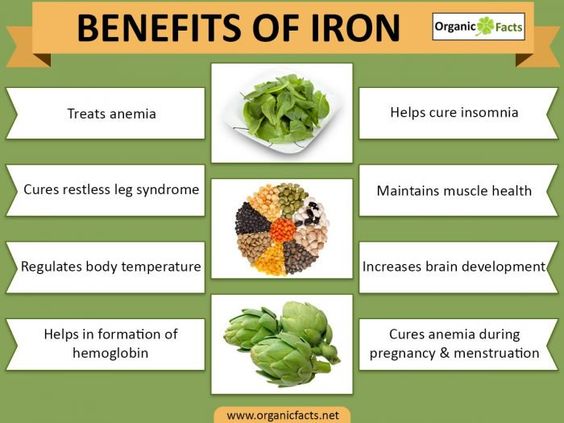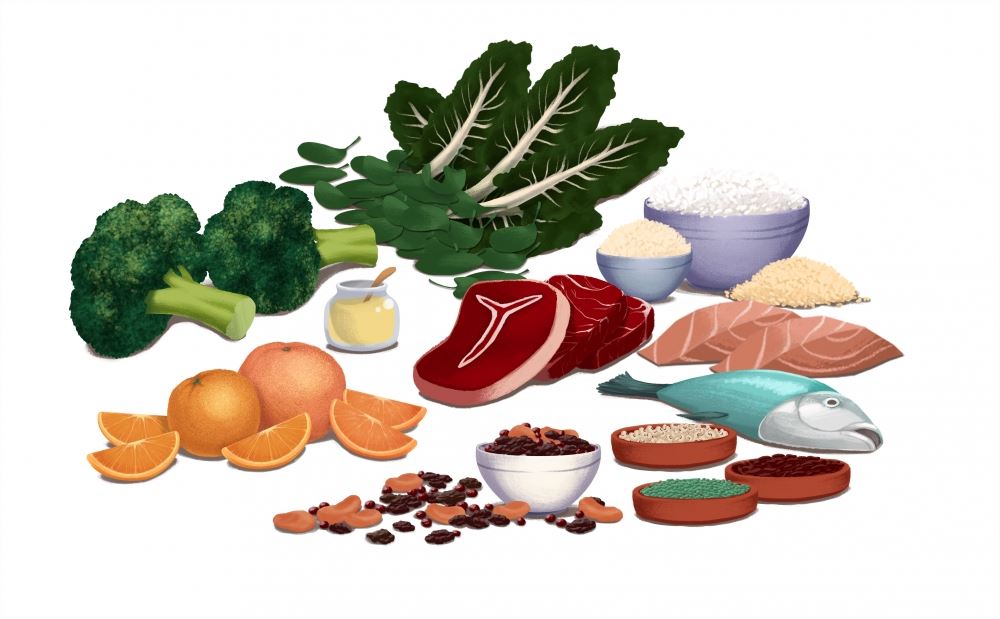okikiko.com – There is a little-known relationship between calcium and iron. In this article, we’ll review the relationship between calcium and iron. Iron increases calcium levels and promotes oxidative stress, which is associated with neurodegenerative diseases. Calcium and iron work together to maintain cellular functions and prevent cell death. However, calcium intake alone cannot prevent neurodegeneration. It’s important to understand the role of each in our bodies. Let’s look at the role of calcium and iron in the brain.
Know the benefits of calcium and iron

Ca and iron are essential nutrients. Iron helps transport oxygen around the body, which is crucial for brain function and a healthy immune system. Calcium, on the other hand, plays an important role in maintaining healthy bones and blood clotting. Together, they make up a balanced diet. Some people wonder whether calcium inhibits the absorption of iron. Moreover, others are concerned about the risks of taking calcium and iron at the same time. This article will address these concerns.
The effect of calcium on iron absorption is transient

It’s important to understand that calcium can inhibit the absorption of iron. One study concluded that 165 mg of calcium inhibits Fe absorption by up to 60 percent. While this result is not conclusive, it’s enough to explain why a recommendation for increased calcium intake is so common in children and women. But the effects of calcium on iron absorption are temporary and not life-threatening. Moreover, most studies involved single meals and not chronic consumption. Thus, calcium and iron are not affected by each other, but Ca and Fe can interact in other ways.
Iron is essential for women in their pregnancy

It’s important to keep in mind that calcium is an essential mineral, so a diet low in both of these nutrients may not be enough to provide the needed nutrients. Iron is especially crucial for women in their pregnancy as their blood volume increases. Without sufficient amounts of iron, pregnancy can lead to premature birth or a low birth weight baby, which can have detrimental effects on the health of both mother and child. Calcium and iron should always be combined in moderation.
Studies have shown that thalassemic patients with high levels of iron may experience a decrease in intestinal calcium absorption. High levels of iron may inhibit osteoblast activity. Calcium and iron supplements should not be given at the same time. The interactions between these two nutrients are complicated, and more studies are needed to better understand their effects. However, if the interaction between calcium and iron is found to be significant, manipulation of the iron transport system may provide relief in this condition.
Calcium is more readily absorbed if taken separately with iron

Calcium is stored in bones and teeth and plays a significant role in bone and muscle health. It also helps muscles contract and blood vessels expand, transmitting messages to the nervous system, and releasing enzymes and hormones. It affects nearly every system in the body. The RDA for calcium is 1000 milligrams per day for adults. Women over 50 and men over 70 should aim for a daily intake of 1200 mg. Calcium and iron are often found in the same food, but calcium is more readily absorbed when taken separately.
Various foods contain high amounts of calcium. Cooked wing beans contain 19% of the daily value (DV) of calcium, while other varieties of beans deliver between three and twelve percent of calcium. Almonds are another high-quality source of calcium. A single ounce of almond contains about 23 nuts. They also contain healthy fats and protein, and are rich in manganese, magnesium, and vitamin E. Additionally, nuts are a good source of fiber and can help lower blood pressure and multiple risk factors associated with metabolic disease.


